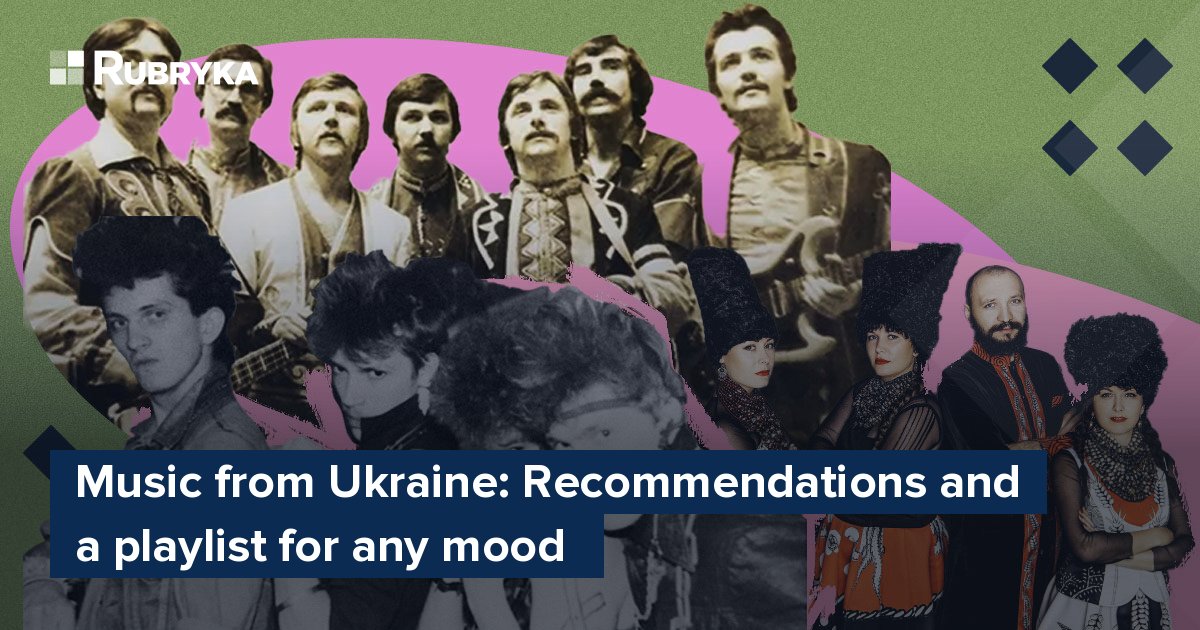
Music is an integral part of Ukraine's rich, centuries-old culture. It reflects the complicated but hopeful life of the Ukrainian people—their struggles, talents, and humor. Ukrainian music is rooted deeply in history and traditions, telling stories of the past, but it is also brave and welcoming of experimentation. Rubryka presents the diversity of music from Ukraine and Ukraine's gifted music scene, from elegant classical music to energetic hip-hop, and offers its playlist with something special for every listener.
1. Classical music
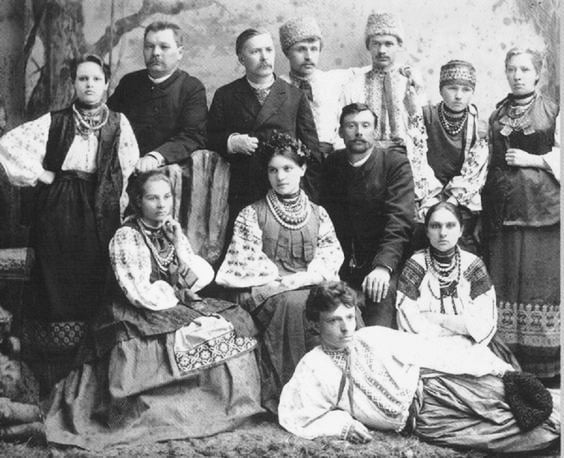
Ukrainian composer Mykola Lysenko and his amateur choir, 1888. Photo: Ukrinform
Despite the imperial encroachment by Russia and other neighboring countries, which tried to assert control over Ukrainian culture and reduce it to that of their insignificant province, Ukraine persevered and developed a burgeoning academic music scene with its own national school and reputable conservatories in Kyiv and other major cities.
The classical music from Ukraine as we know it today was heavily influenced by the 19th-century Ukrainian composer Mykola Lysenko, who is often credited as the founding father of a national music tradition. He led an academic school, researched and recorded Ukrainian folk songs, and promoted Ukrainian culture as separate from Russia's. As a multifaceted musician, Lysenko created various music — from operas, like Taras Bulba and Natalka Poltavka, to piano solos, like Rhapsody on Ukrainian Themes, which we recommend listening to.
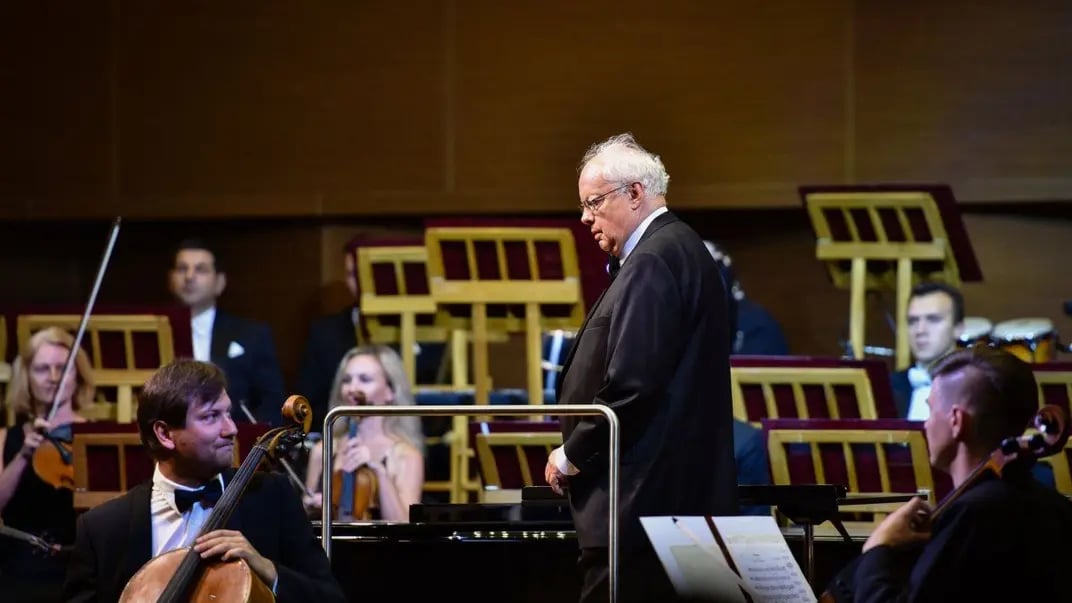
Ukrainian composer Myroslav Skoryk. Photo: Hromadske
The Ukrainian academic musical school continued evolving in the 20th century, breaking into new movements and producing talented musicians like Myroslav Skoryk and Valentyn Sylvestrov. Skoryk is one of the most highly celebrated composers who emerged from the 1960s New Folklore Wave. In his work, he blended Ukrainian folk music with classical traditions, creating musical pieces, film scores, and even pop songs that are considered iconic today and, we believe, wonderful to listen to. One such composition is the Melody in A Minor, which Skoryk wrote as part of a score for the 1982 film High Mountain Pass and is often performed in concerts worldwide today.
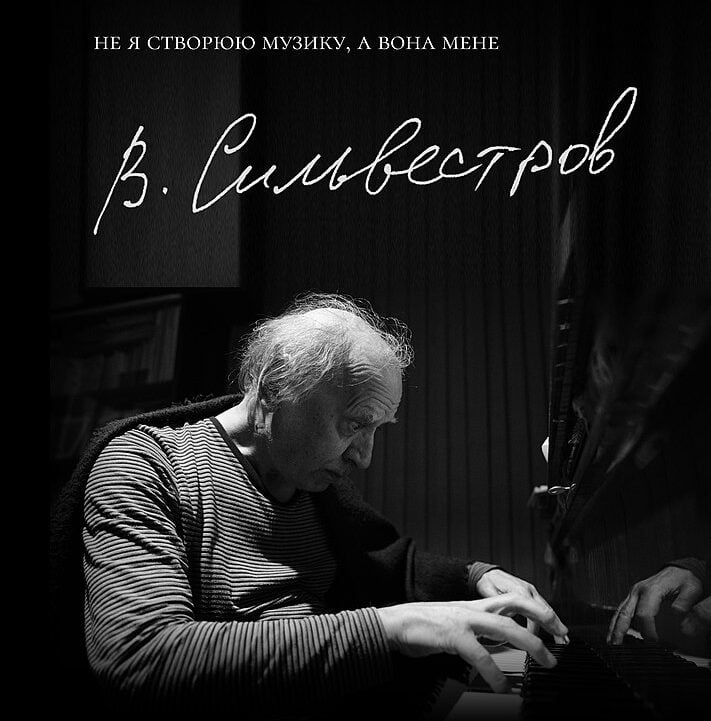
Official poster of the documentary about Ukrainian composer Valentyn Sylvestrov. Photo: Pro Ukraїnu
Valentyn Sylvestrov, another highly acclaimed Ukrainian composer, was initially part of the avant-garde Kyiv Experimental Studio, which he moved away from toward a post-modernist style. The artist describes his compositions as "meta music" because they bring you to a reflective and meditative state in listening. Sylvestrov is most known for Quiet Songs, a vocal cycle based on poems by classical poets for baritone and piano, and Symphony No. 5, often hailed as a masterpiece of contemporary classical music.
2. Folk
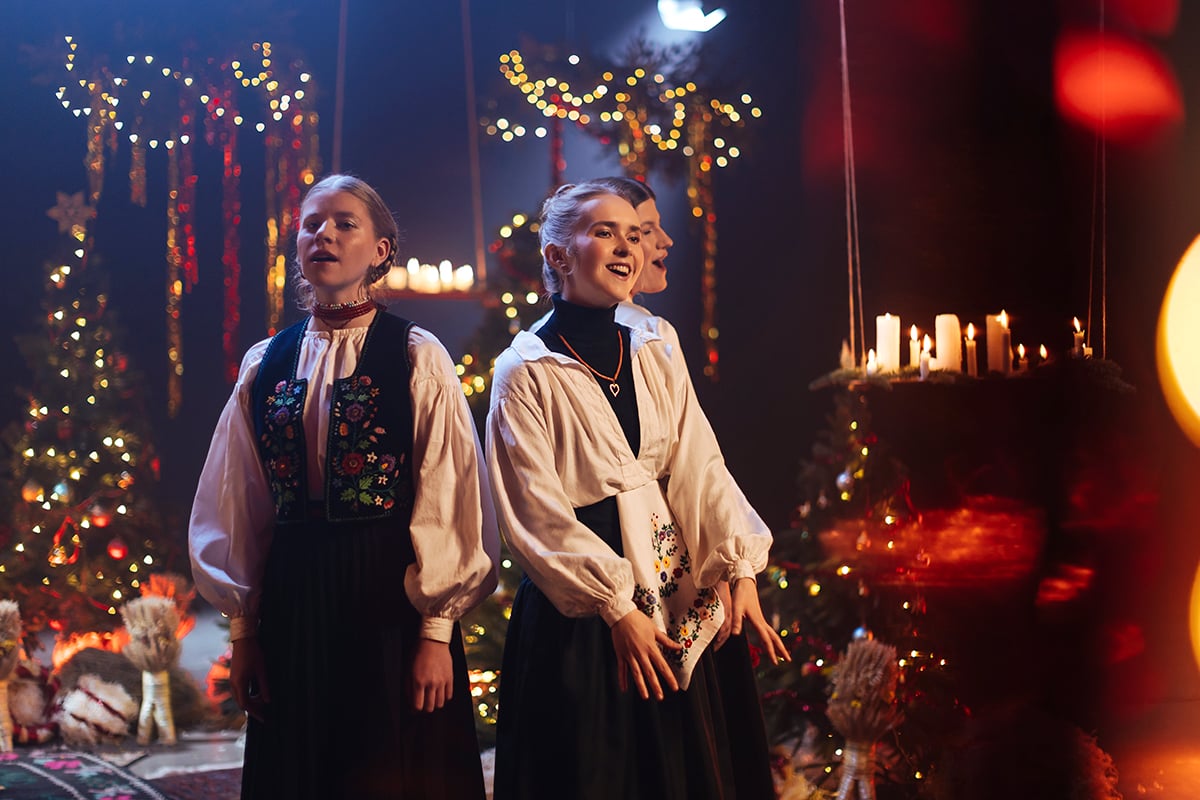
Music from Ukraine: Ukrainian band Shchuka-Ryba in the film "Kudriavka's Carols." Photo: Vikna
Traditional Ukrainian folk music has had a profound impact on all musical genres in Ukraine. The oldest folk songs dating back to the pre-Christian era, which reflect the Ukrainian people's ingrained worldview and belief system, are still performed today both in their original form and as new reinterpreted compositions. These calendar songs, sung acapella or accompanied by traditional musical instruments, like the kobza and bandura, the panpipe, the trembita, and many more, honored a specific time of the year or an event — Christmas, the coming of spring, or a simple wedding.
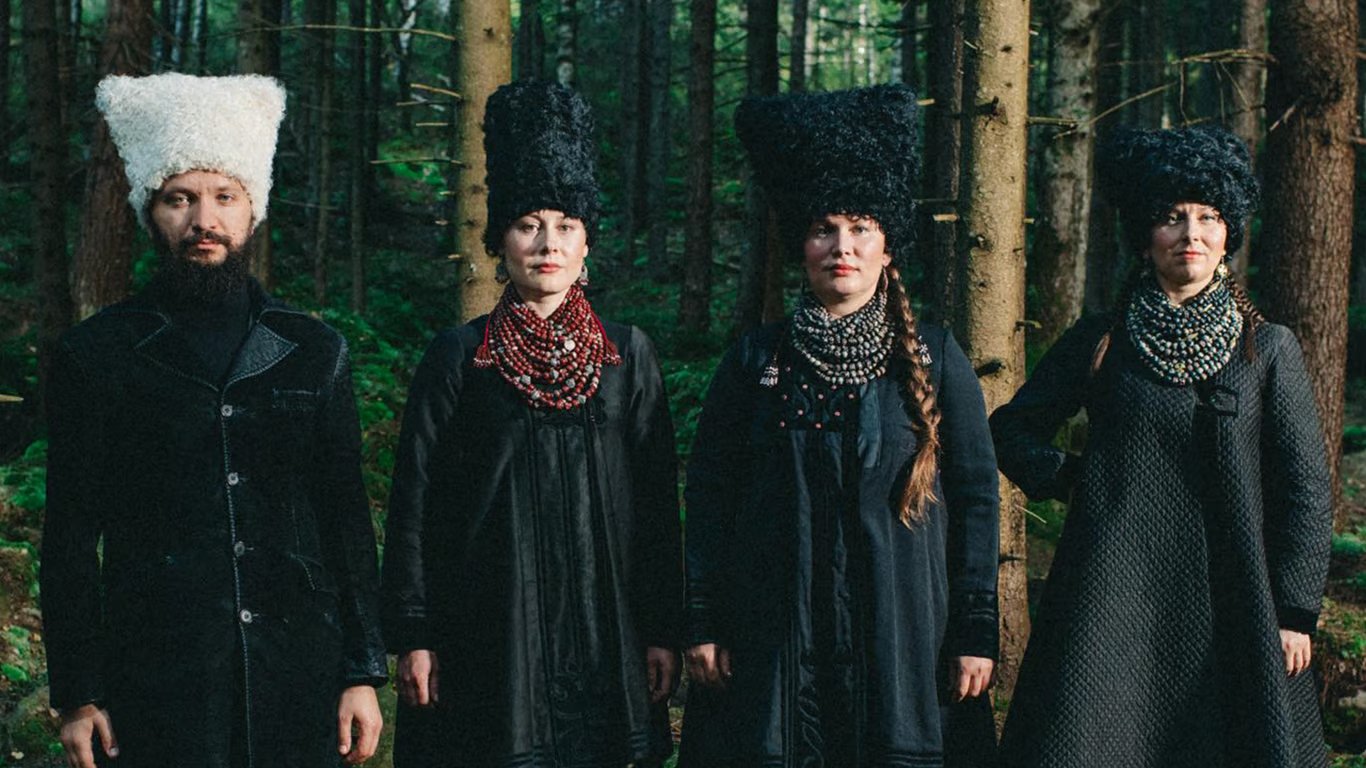
Music recommendations from Ukraine: Ukrainian band Dakha Brakha. Photo: Instagram/dakhabrakha
If you want to hear age-old Ukrainian folk songs in a traditional arrangement, the band Shchuka-Ryba is the way to go. The ensemble, created by a folk art museum to promote all things Ukrainian, participated in the "Kudriavka's Carols" film project, where they performed ancient Ukrainian Christmas carols. Other bands that sing traditional songs, reinterpret them, and create original folk music are Panivalkova and Dakha Brakha. The extraordinary rendition of the folk spring song Verbova Doshchechka by Panivalkova is worth a listen, and so is the energetic album Yahudky by Dakha Brakha. Both feature a variety of folk instruments and traditional vocal techniques.

Go_A during the performance at the Eurovision 2021 Finals. Screenshot from the video broadcast. Photo: Euromaidan Press
Ukraine has also produced an impressive array of folk electronica bands, like ONUKA and Go_A. ONUKA gained international recognition with their self-titled debut album in 2014 and subsequent releases, which seamlessly integrate traditional folk instruments. Go_A came to light thanks to their representing Ukraine in Eurovision 2021 with their song "Shum," which is notable for its powerful vocals and mix of folk melodies with electronic beats.
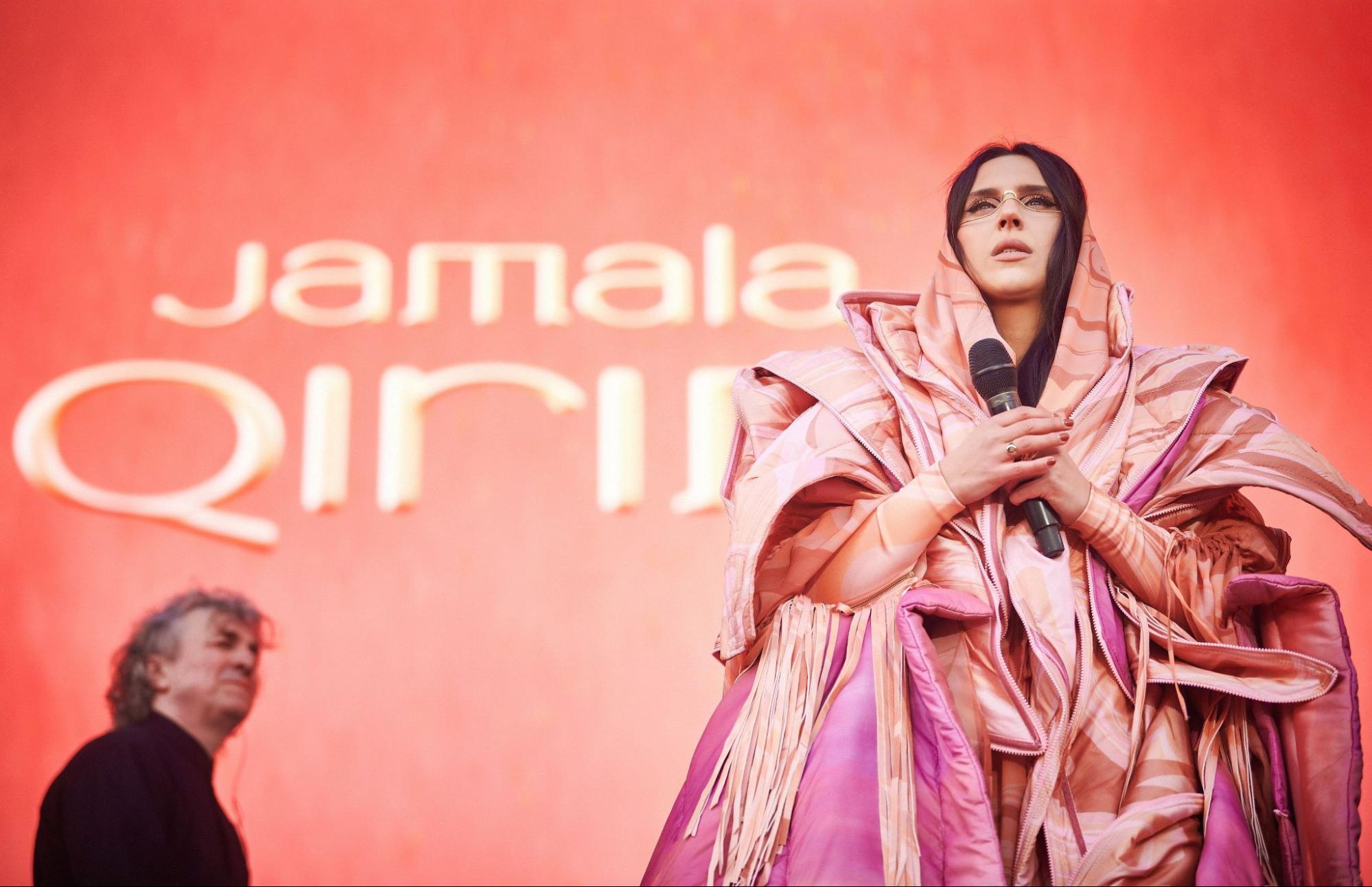
Music from Ukraine: Jamala presented her album Qırım in Liverpool during the Eurovision Song Contest. Photo: 24 TV
Traditional Crimean Tatar music also holds a special place in Ukrainian folk. The people of the Crimean peninsula developed and preserved their unique sound despite century-long Russian oppression and persecution, which they still experience today under the Russian occupation of Crimea. To commemorate the greatness of her native Crimean Tatar culture and language, Ukrainian singer and Eurovision 2016 winner Jamala recorded 14 ancient folk songs from different areas of Crimea for her album Qirim. It is a must-listen.
3. Funk
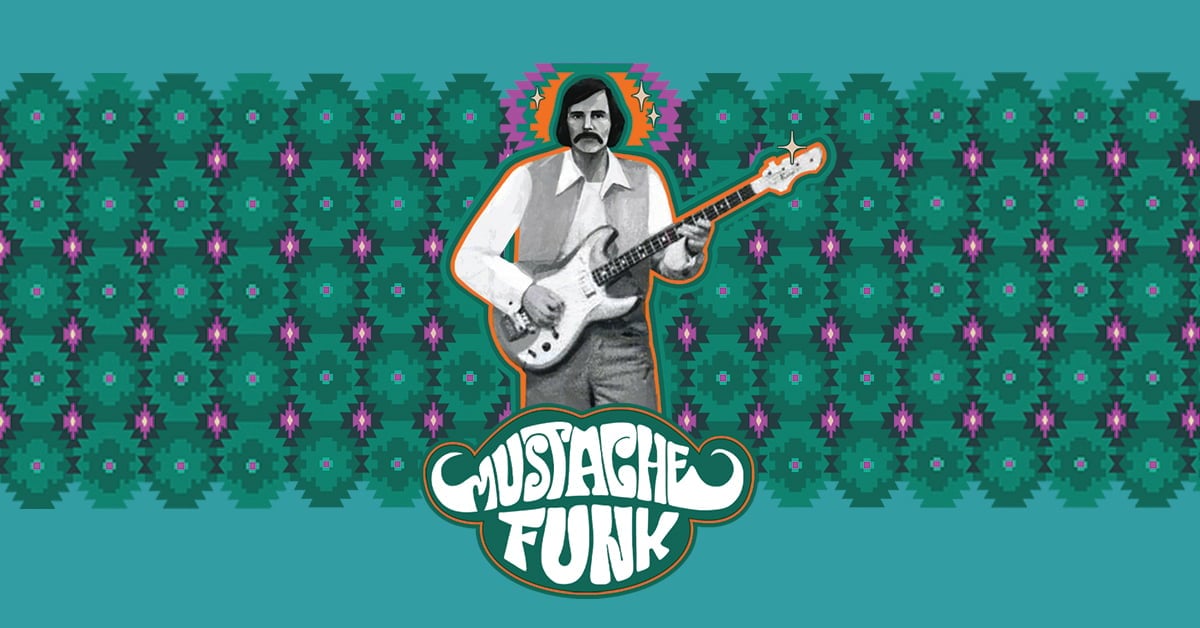
The poster of the Ukrainian documentary "Mustache Funk." Photo: Centrum Historii Zajezdnia
You might've never known there's such a thing as Ukrainian funk or even associated Ukraine with funk music, but this genre thrived in the country from the late 1960s to the mid-1970s. The Soviet regime loosened control over creative fields in Ukraine at that time, allowing artists to nurture Ukrainian culture and revive literature, film, and music. During that period, Ukraine produced such a phenomenon as "Moustache Funk" — a term coined by Vitalii Bardetskyi, a music journalist and producer, to describe the emergence of bands who blended folk with global trending genres such as funk, swing, and more, and whose members often wore mustaches.
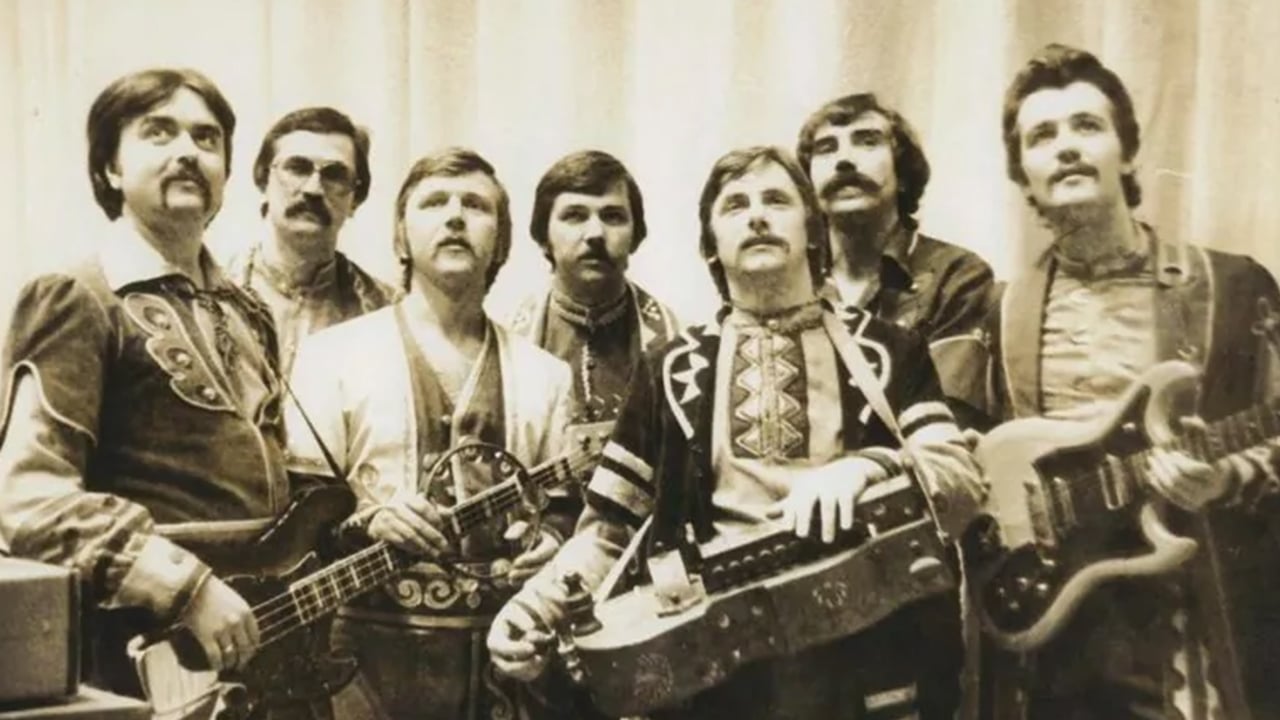
Vocal and instrumental ensemble Kobza. Photo: Slukh
Bardetskyi, along with director Oleksandr Kovsh, documented this musical phenomenon in a 2021 film that told the stories of bands such as Kobza, Smerichka, Arnika, Chervona Ruta, Vodohrai, Myzyky, and many more. Despite mandatory quotas for the Russian language and ideological music and restrictions, these bands secretly listened to banned Western music and incorporated its influences into their work. They created a unique, distinctly Ukrainian style of funk that combined local musical traditions with elements of Western genres. These funk songs still feel fresh and exciting to listen to.
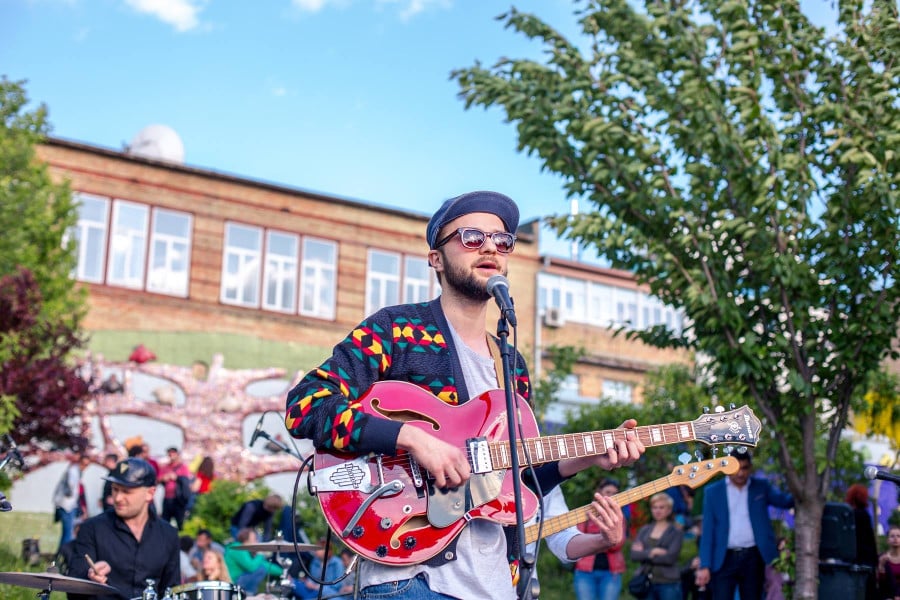
Ukrainian band Blooms Corda. Photo: Beehype
Contemporary Ukrainian musicians and DJs continue to study Ukrainian funk and take inspiration from legendary songwriters of the 1970s like Volodymyr Ivasiuk. This celebrated author created a trove of iconic Ukrainian songs: Chervona Ruta ("Red Rue"), Vodohrai ("Fountain"), and Ya Pidu v Daleki Hory ("I'll Go to Distant Mountains"). His work still influences new generations of popular Ukrainian musicians and funk bands, like Our Atlantic, Latexfauna, Blooms Corda, and Dao Park.
4. Rock

Ukrainian band Skriabin in the 1990s. Photo: Slukh
We can't discuss Ukrainian music without mentioning Ukraine's vast rock music scene, which has developed since the 1980s-1990s. Rock bands like Vopli Vidopliasova, Braty Hadiukiny, Mertvyi Piven, and Skriabin came to light thanks to their attention to lyrics and blending of various genres. Braty Hadiukiny became one of the most successful Ukrainian bands with songs like Na Dolyni Tuman Sheik ("There's a Fog in the Valley") and Karpaty Prohraly u Futbol ("Carpathians Lost in Football") and Vopli Vidopliasova skyrocketed to fame thanks to their track Vesna ("Spring").
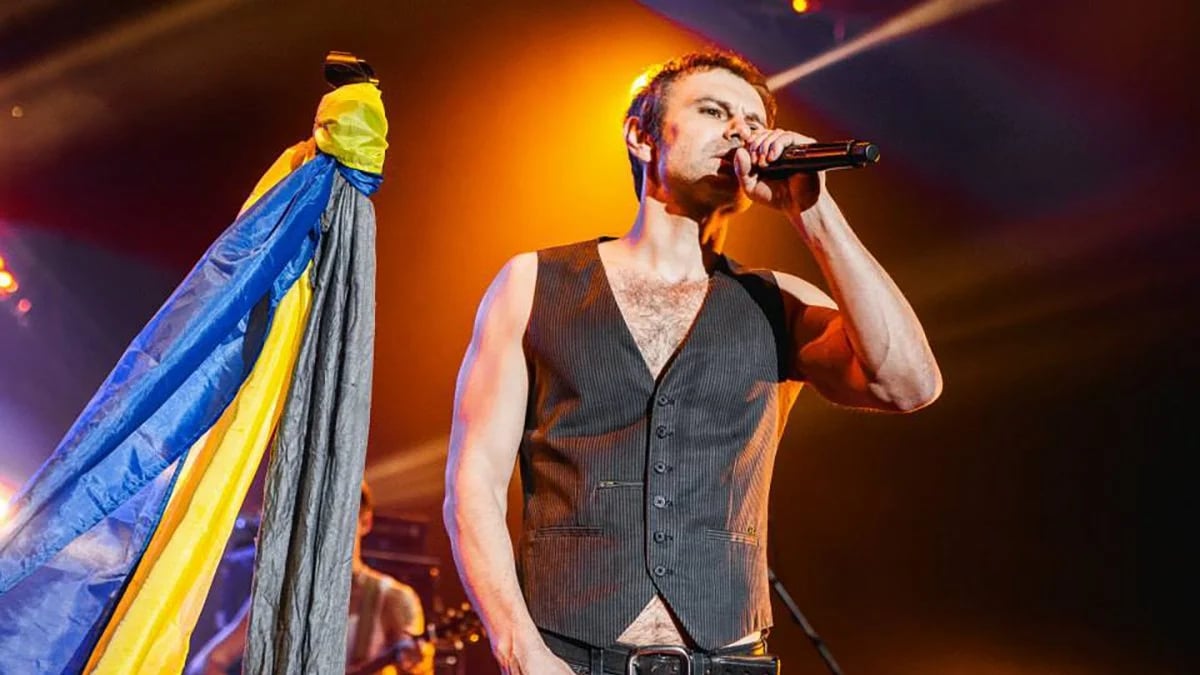
Sviatoslav Vakarchuk, Okean Elzy band leader. Photo: Zaxid.net
Since the early 1990s, one Ukrainian rock band has become almost synonymous with Ukraine. Formed in 1994 and led by Sviatoslav Vakarchuk, Okean Elzy has been one of the most thriving Ukrainian bands, with multiple successful singles and albums. They are most known for songs Bez Boiu ("Without Fight"), Kvitka ("Flower"), Obiimy ("Hug Me"), Maizhe Vesna ("Almost Spring"), 911, Kishka ("Kitty"), and more. Other bands — Haydamaky, Plach Yeremiyi, Dymna Sumish, and Druha Rika — also emerged in the 1990s, mixing different rock genres, like hardcore, punk, and psychedelic rock, with folk and philosophical lyrics.
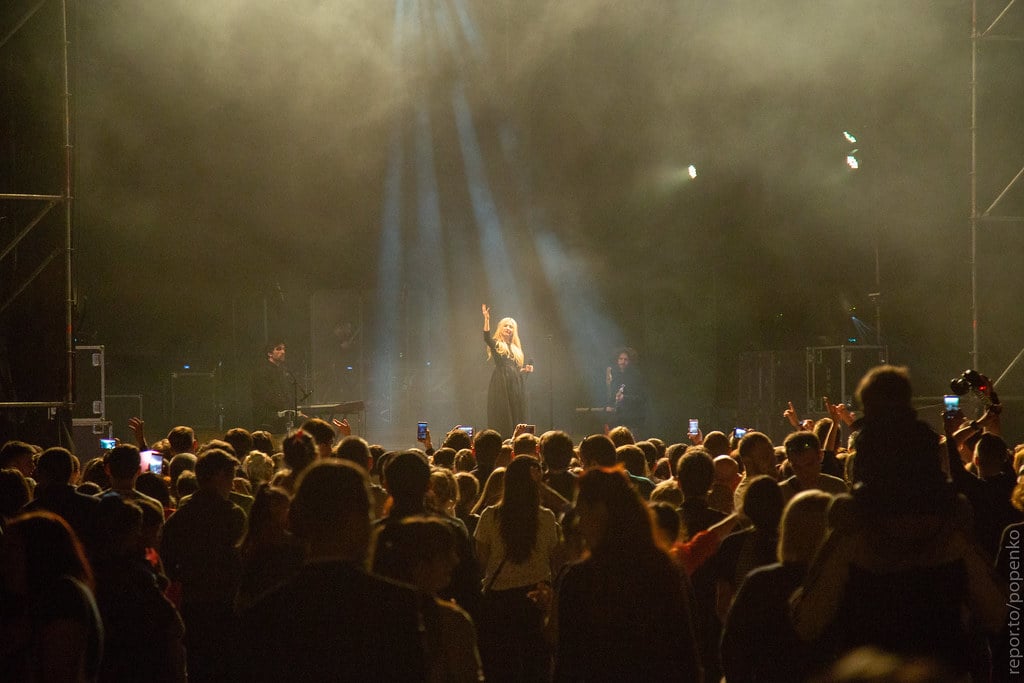
Music from Ukraine: Performance of the Vivienne Mort at the international festival Startup GogolFEST. Photo: Flickr
The 2000s marked the emergence of even more successful bands. BoomBox, founded in 2004, brought a funky groove to Ukrainian rock, recording their first album in just 19 hours. S.K.A.Y., formed in 2001, gained popularity after appearing on TV and releasing several albums. Lama took off in 2006 with singles Meni Tak Treba ("I Need So") and Moie Sertse ("My Heart"). Known for their captivating live performances, Vivienne Mort has released several critically acclaimed albums and EPs, including "The Land of Mist" (2013), "Filin" (2014), and "Rosa" (2015). In recent years, the rock scene in Ukraine has welcomed bands Sad Novelist, Ziferblat, SadSvit, Alice Change, Schmalgauzen, the feels, and more, which you'll be able to hear on our playlist.
5. Hip hop
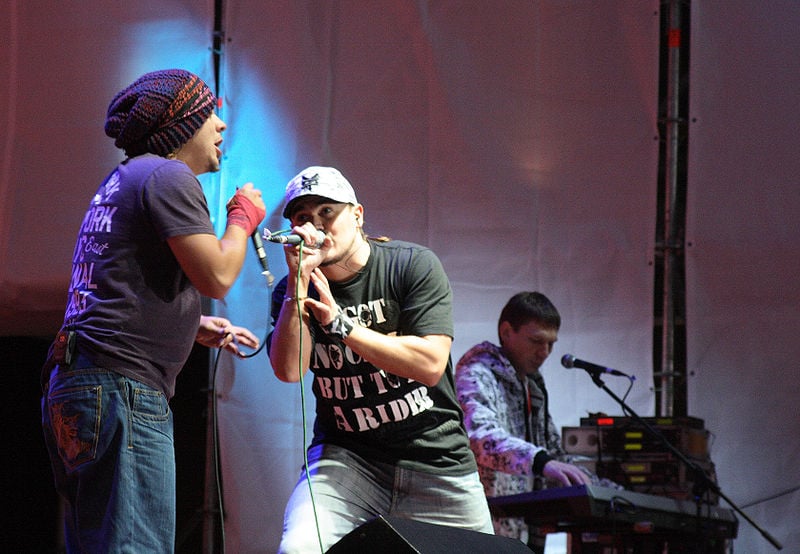
Ukrainian hip-hop band TNMK. Photo: Wikipedia
Brought to Ukraine by African students and semi-legal tapes from Poland, hip-hop culture spread primarily in big cities like Kyiv, Kharkiv, Lviv, and Odesa. In the 1990s, the northeastern city of Kharkiv became known as the unofficial hip-hop capital of Ukraine, hosting local and international festivals and producing one of the most popular hip-hop groups, TNMK. The band mixed rap with rock, funk, and traditional Ukrainian music and often discussed social and political issues of their country in their lyrics. Their signature songs include Zrobi Meni Hip-Hop ("Make Me Hip-Hop"), Hranuly ("Granules"), Voda ("Water"), and Ta Ty Sho ("Wow, Really?").

Tartak frontman Sashko Polozhynskyi. Photo: Procherk
Another notable Ukrainian hip-hop group that played a significant role in developing the hip-hop scene in Ukraine was Tartak. They are known as a crossover band mixing hip-hop and rapcore and are praised for their energetic performances and socially conscious lyrics. Ya Ne Khochu ("I Don't Want It") is one of their most recognizable and loved tracks, often cited as a staple in their discography. Tartak's collaboration with Ukrainian singer Katia Chilly, the song Ponad Khmaramy ("Over the Clouds") is also a fan favorite.
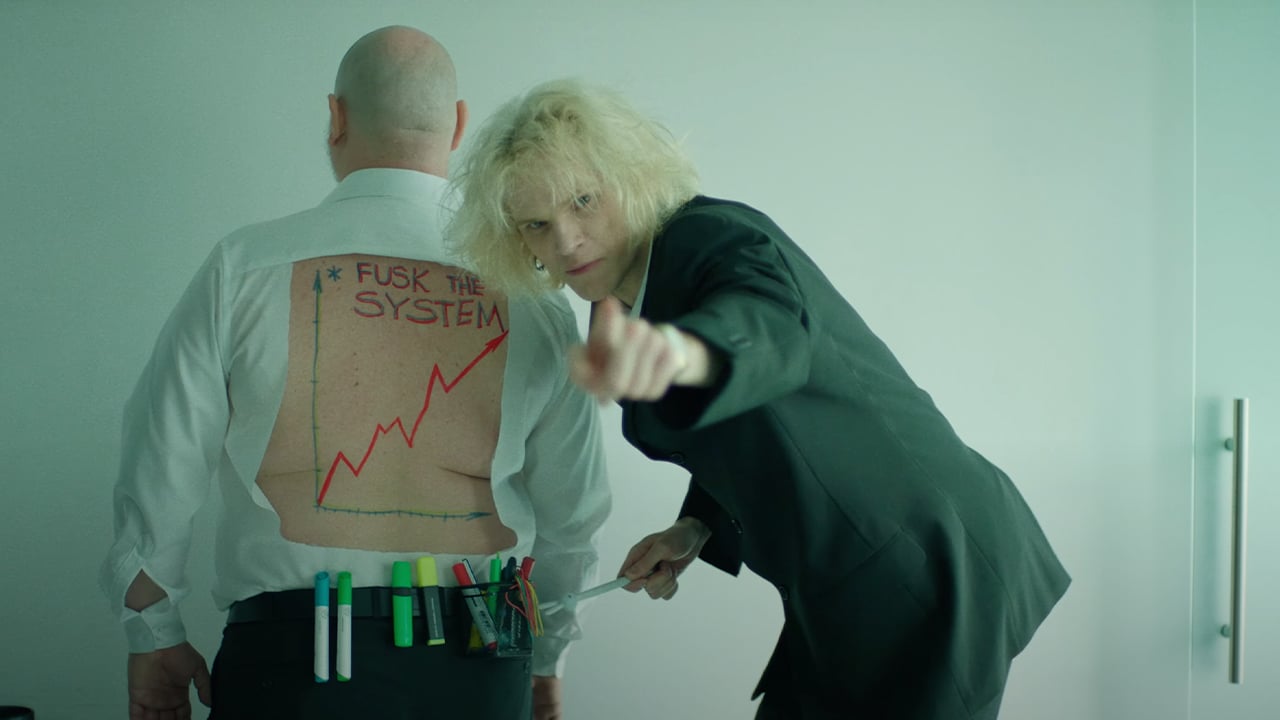
Ukrainian rapper Oi Fusk. Photo: Slukh
By the mid-2000s, hip-hop in Ukraine was thriving with magazines, forums, and events dedicated to the culture. Since then, the music scene has seen the bands Glava-94, Tsina Rytmu, PVNCH, and others. Ukrainian labels specializing in hip-hop emerged with successful acts like alyona alyona and KALUSH — both participated in Eurovision, with Kalush winning the competition in 2022 and alyona alyona taking the third place with singer Jerry Hail. The recent rap and hip-hop acts worth listening to are OTOY, Nytso Potvorno, Oi Fusk, Kurgan, and Gonya, who use their work to provide social commentary on life in Ukraine.
You can listen to Rubryka's playlist to feel the diversity of Ukrainian music here:



